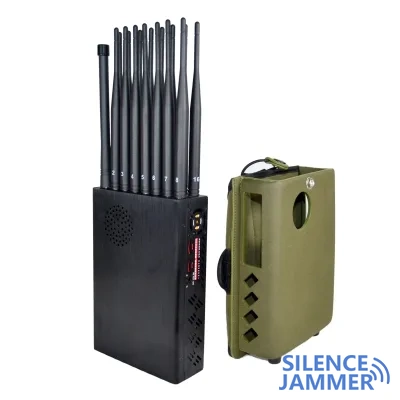Satellite communication technology is widely used around the world, from television broadcasting and weather monitoring to military communications and satellite navigation. However, satellite communications often suffer from various interferences in practical applications, affecting signal transmission quality and communication reliability. This article will analyze in detail the common types of interference in satellite communications and discuss corresponding treatment measures.

1. Common types of interference in satellite communications
natural disturbance
Natural disturbances mainly include the effects of solar radiation, lightning and meteorological conditions. These disruptions are often unavoidable, but their impact can be mitigated through technological means.
Solar interference: When the sun is between the Earth and satellites, strong solar radiation can interfere with satellite signals. This phenomenon is usually most noticeable during the spring and autumn equinoxes.
Lightning interference: The electromagnetic waves generated by lightning can cause instantaneous interference to satellite communications, especially in areas with frequent thunderstorms.
Meteorological interference: Rain, snow, hail and other weather conditions will cause signal attenuation and affect communication quality.
human interference
Man-made interference includes malicious interference and non-malicious interference. Malicious interference refers to deliberately using GPS signal jammer to disrupt satellite communications; non-malicious interference is mostly caused by unintentional interference, such as frequency overlap of ground equipment.
Malicious interference: For example, in a military conflict, an adversary may use jamming equipment to interfere with the other party's satellite communications.
Non-malicious interference: For example, terrestrial communications equipment in adjacent frequency bands may inadvertently interfere with satellite signals.
Equipment failure
Failure of the satellite itself or the ground receiving equipment can also cause communication interruption or signal quality degradation. This includes issues such as satellite battery drain and ground station antenna failure.
2. Interference analysis and treatment measures
Measures to deal with solar interference
For solar interference, the main response is to mitigate the impact through early warning and scheduling. Communication operators can arrange communication tasks in advance according to the cyclical patterns of solar activity to avoid peak periods of solar interference. In addition, the use of high-performance antennas and receiving equipment can reduce the interference of solar radiation to a certain extent.
Measures to deal with lightning and meteorological disturbances
Lightning interference: Installing lightning protection devices and using shielding materials can reduce lightning damage to communication equipment. Regularly inspect and maintain ground station equipment to ensure it has lightning resistance.
Meteorological interference: Use high-power transmitters and low-noise receivers to enhance signal strength and improve anti-interference capabilities. Use higher frequency communication channels, such as Ka-band, to reduce the attenuation of signals caused by rainfall.
Measures to deal with human interference
Malicious interference: Strengthen the monitoring of spectrum resources and promptly discover and locate interference sources. Frequency hopping technology is used to continuously change the communication frequency and increase the difficulty of interference. Use encryption technology to protect communication content and prevent information from being intercepted and interfered with.
Non-malicious interference: Optimize spectrum allocation to avoid overlapping of terrestrial communication equipment and satellite communication frequency bands. Strengthen equipment management, regularly test and calibrate equipment to ensure that it works within the legal frequency band.
Measures to deal with equipment failure
Satellite equipment failure: Redundant design is adopted to ensure that when key components fail, the backup system can quickly take over the work. Regularly conduct health checks on satellites to detect and repair potential problems in a timely manner.
Ground equipment failure: Establish multiple sets of ground receiving stations to ensure that when a single station fails, other stations can continue to work. Regularly perform equipment maintenance and upgrades to improve system stability and reliability.
As an important part of modern communication technology, satellite communication's stability and reliability are crucial. By understanding and analyzing common interference types in satellite communications and taking corresponding handling measures, communication quality can be effectively improved and the smooth progress of various applications can be ensured. In the future, with the continuous advancement of technology, the anti-interference ability of satellite communications will be further enhanced, providing more stable and efficient communication services to users around the world.


